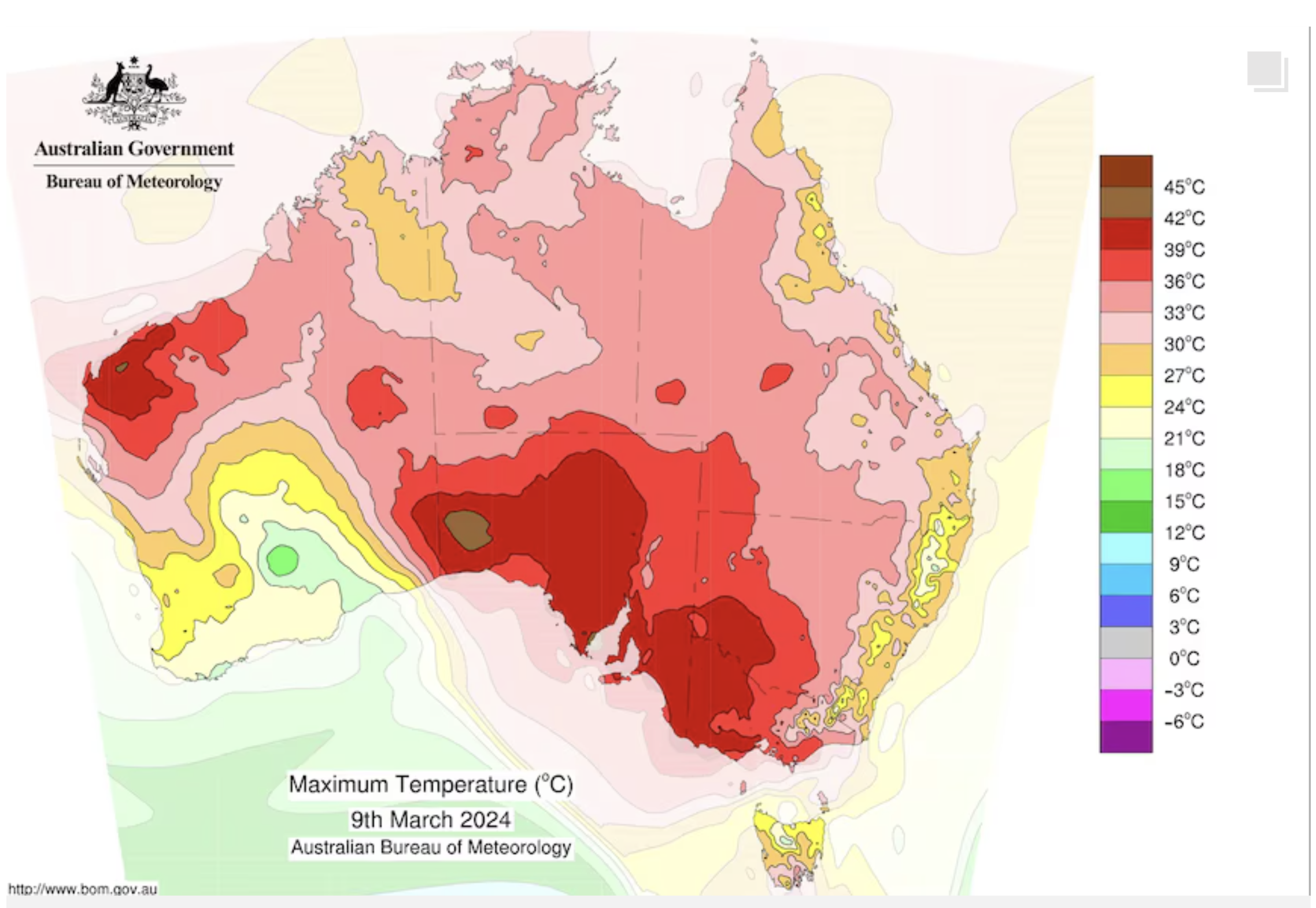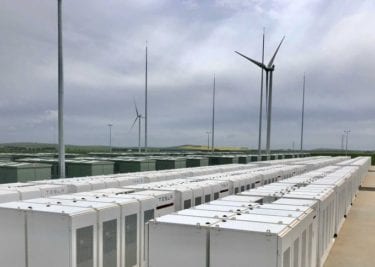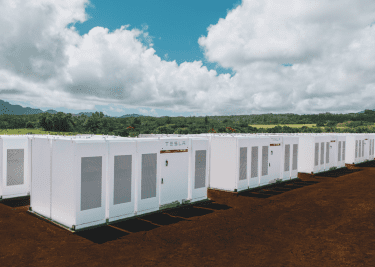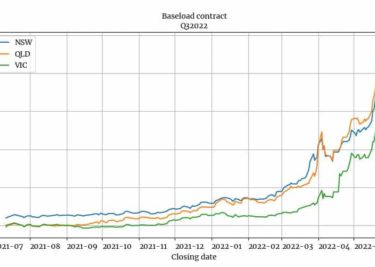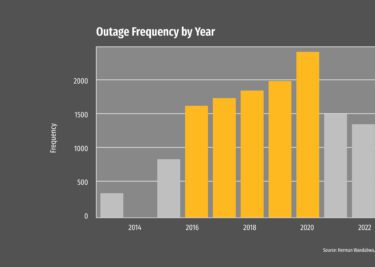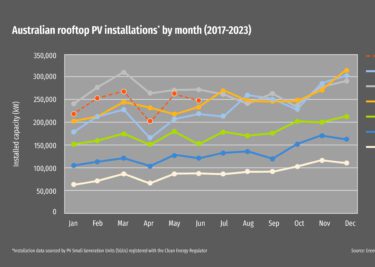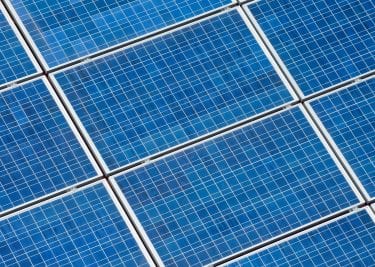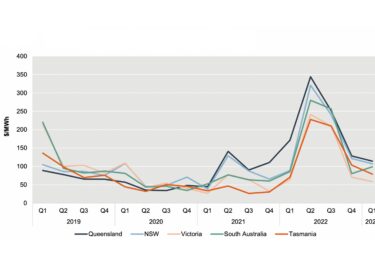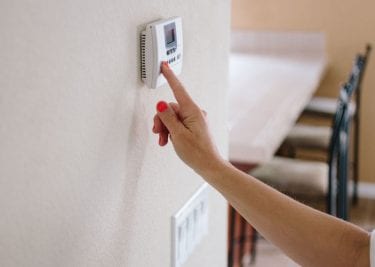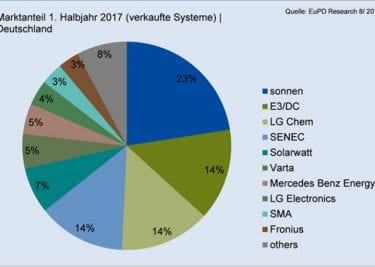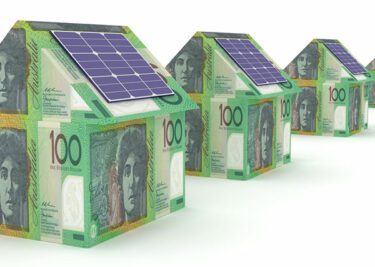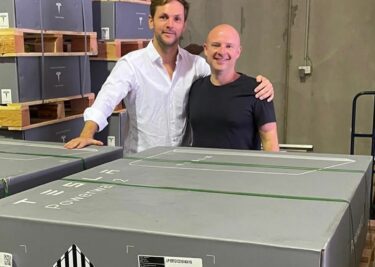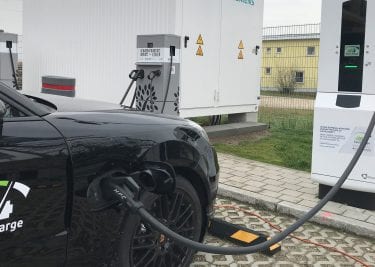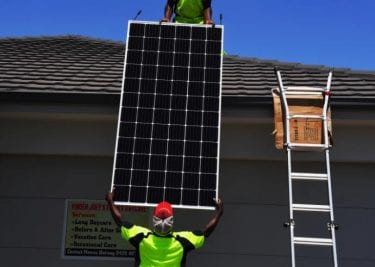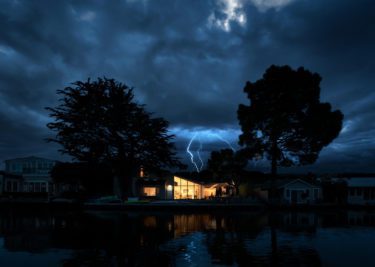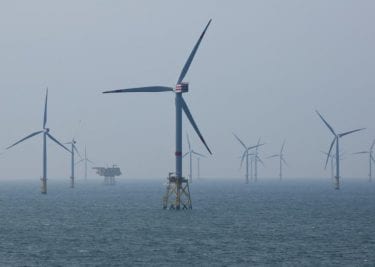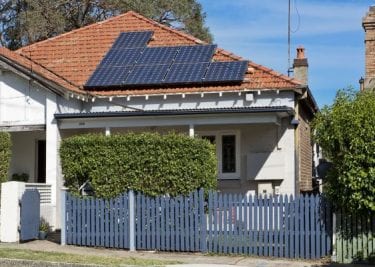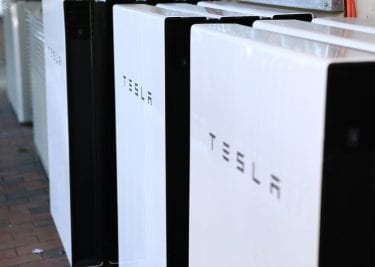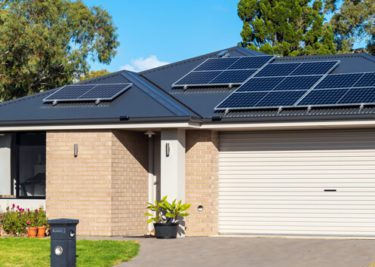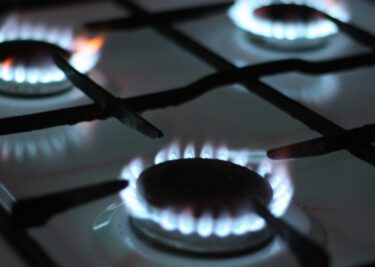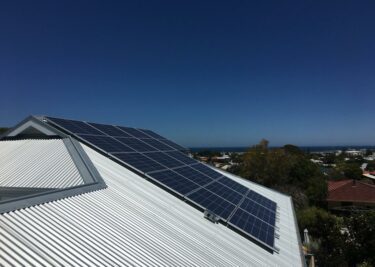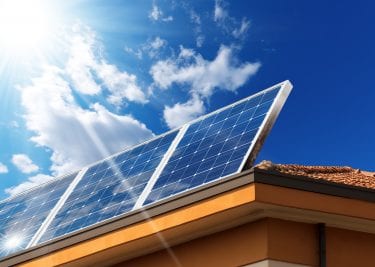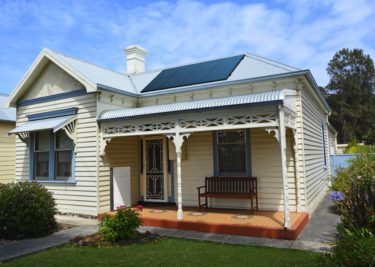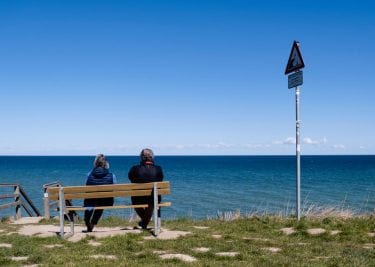A scorching autumn hot on the heels of a massive blackout event in south-eastern Australia is demonstrating the importance of residential batteries for backup power supply.
Australia is on track to have sweltered through the third-warmest summer on record nationally, according to the Bureau of Meteorology (BoM). Western Australia racked up its hottest summer ever in 2023-24. And an El Niño effect resulted in storms and the third-highest summer rainfall.
The arrival of autumn brought little relief to south-eastern Australia. Residents of Victoria and South Australia have suffered through a stretch of scorching temperatures in the form of a four-day heatwave. Both day and night-time temperature records were registered during the heatwave, which only broke yesterday – Tuesday, March 12.
During the heatwave, daytime temperatures in both states were as much as 20 C higher than normal March averages. Making things worse, temperatures failed to fall once the sun set – overnight lows of 29 C in Cleve, South Australia, and 26.2 C at Melbourne Airport set new records and brought little relief for homeowners.
Electricity system strain
The heatwave came only one month after a massive blackout left more than 500,000 Victorians without power – some for hours, others for days.
As extreme weather becomes more common, the Australian electricity network is coming under serious strain. Around the country high temperatures and extreme weather events are pushing the electricity network to the brink.
Along with the major blackout impacting Victorians, record “underlying electricity demand” was registered in NSW and a few days earlier in WA.
Rooftop PV is a big part of the solution, but it needs to be bolstered with solar batteries to deliver power where and when it’s needed most. Thankfully the contribution of home batteries is being recognized more widely and their backup power capabilities is expanding.
Let’s look into the Victorian blackouts to get a better understanding of the need at hand.
The Victorian blackout
On Feb. 13, the BoM issued extreme to catastrophic fire and weather on the back of hot and windy conditions. A cool change was expected, but first a storm was brewing.
The BoM identified a severe storm cell some 140 km from Melbourne. 122 km/h peak wind gusts were recorded in the early afternoon. Gusts of up to 90 km/h were recorded only 20 km away from key transmission lines. The stage was set.
Six electricity transmission towers were toppled, bringing down two high-voltage (500 kV) power lines. The lines were responsible for bringing electricity from wind farms in the state’s southwest to Melbourne. With the lines down, several knock-on efforts rippled through the electricity system.
Once the transmission line was lost, a further 300 MW of wind generation disconnected, according to the preliminary report into the event by the market regulator the Australian Electricity Market Operator (AEMO). In addition, the 500 MW Stockyard Hill project was already offline at the time of the failure – it had disconnected because of grass fires.
And it wasn’t only wind generation that was impacted. Safety measures to protect generators meant that all four coal-fired generators that make up the Loy Yang A power station, with over 2 GW in capacity, tripped over the course of two minutes – and it would take almost two days for all four units to be fired up and brought back online.
In total, AEMO found that nearly 2.7 GW of generation was lost during the event, requiring 300 MW of load in the metropolitan area to be “shed” – meaning the cutting of power supply to some homes and businesses. Spot market electricity prices hit a price cap of $16,600/MWh.
About one-in-five Victorians were impacted by the power outage, which was made worse by smaller power poles and lines being damaged by strong winds and fallen branches. Businesses lost thousands in stock stored in freezers, people had to drive for hours for medical treatments where the power was still on, and some homes were left in the dark for days and even weeks.
Backup power
While politicians were quick to point the finger of blame at each other, once power lines go down it doesn’t matter if it’s coal, gas, wind, or solar at the other end – the lights will go out.
Unless, of course, your home or businesses’ power supply is bolstered with a solar battery. And that’s the genius of the technology and its application – it meets all three key energy needs: security of supply (backup power), clean energy (storing your zero-emission solar), and cost effectiveness (saving money on bills from day one).
It is sometimes referred to as the “energy trilemma” – secure, clean, and affordable energy. And rooftop solar coupled to a residential battery delivers on it for homeowners in the most effective way.
Thankfully, some of the state governments have been stepping up to encourage solar battery installation. The Queensland government introduced its Battery Booster Program in February. And Victoria already has its interest-free battery loans program up and running – when I last checked there are still over 2750 loans available for 2024.
With the power going down when high winds hit, scorching temperatures extending through the night during a heatwave, and record-setting weather events becoming the new norm, the time for a widespread rollout of residential batteries has arrived. Batteries can provide backup power to protect against outages and allow cheap rooftop solar power to be accessed throughout the night.
Money saver
The Clean Energy Council has begun pushing for more residential battery uptake. It commissioned a study by Oakley Greenwood that found that the average home would save $900 a year if they installed a battery. Those savings increase to $1,150 or more a year if the battery is “orchestrated” into a network of solar batteries installed throughout the suburbs.
Encouraging such a fleet of solar batteries would save all electricity consumers $190 million by allowing for more solar to be installed everywhere and reduce the cost of electricity system upgrades.
Fortunately, the backup power capabilities of the next generation of residential batteries is expanding. The latest Tesla Powerwall provides far more power to homeowners if the grid goes down – allowing a household to carry on more-or-less as normal even when the grid fails.
Storm Watch mode can be activated, which will allow the Powerwall to become fully charged automatically when severe weather warnings are triggered by local weather authorities.

